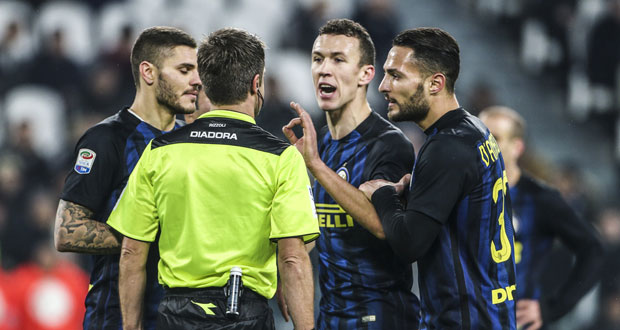A good way to support the development and retention of throwing skills and technique is through the use of drills. Drills break down the skill learning into much more manageable chunks and allow the athlete to perform them many times more than if they were just throwing.
Therefore, drills play a major part in helping the athlete develop their technique and build confidence in their throwing.
When should I do drills?
It is during the conditioning phase (October to December) when there is more emphasis on practicing, reducing to a much lower level during the strength phase (January to April) and competition phase (May to September). Often a coach will use drills as a warm up or at the start of a throwing session and select a particular set for the thrower to work through.
Why are drills grouped into sets?
As It is recommended to teach practices in sets which use around four specific practices that help develop movement through the whole or part range of the technique, rather than unrelated practices. In each set complete each practice before moving onto the next one and look to do between 3 to 5 reps.
How should I perform discus drills?
All the D-ball drills can be done inside a throwing cage and be thrown into the net so they can be practiced many times in a short period. A D-ball is a medicine ball that has had a handle cut into one side. Depending on the size of the throwing cage 3 to 4 athletes can throw safely at any one time. For adolescent athletes, keep the weight of the D-ball to around 1kg – 1.5kg, and no more than 2kg for senior athletes. As a rule of thumb stick to the same weight of discus the athlete would throw in competition. The reason why a light D-ball is used for this type of training is because the emphasis is on the technique (skill development) not throwing the D-ball, i.e. high volume, low intensity.
What if I am having a growth spurt?
Discus training drills can also be particularly useful for the adolescent athlete during summer growth spurts when coordination is sometimes effected. If a young athlete has grown quickly they will often be less coordinated as their nervous system and brain catches up and gets used to the longer limbs. Going back to basics with practices for a session or two can help as the body realigns (axons and myelinization) itself following a growth spurt.



